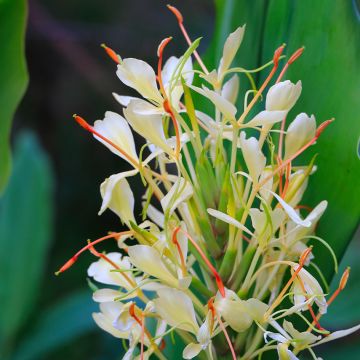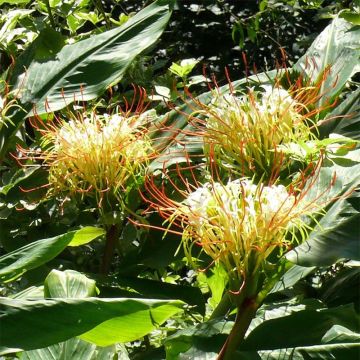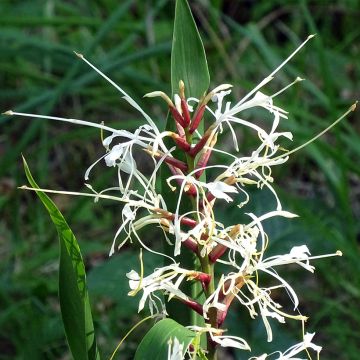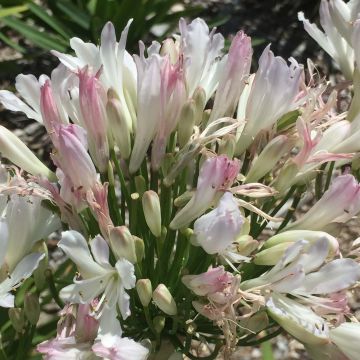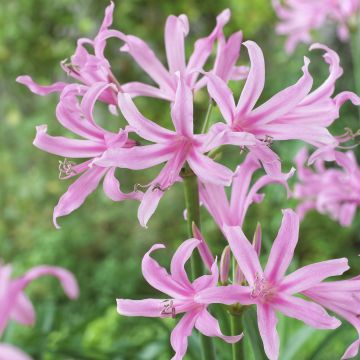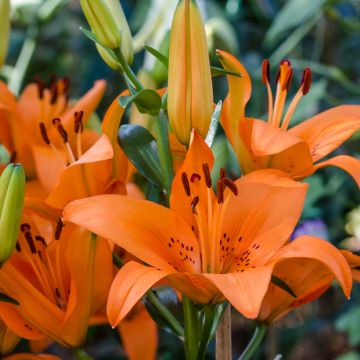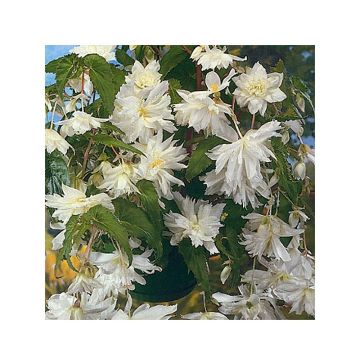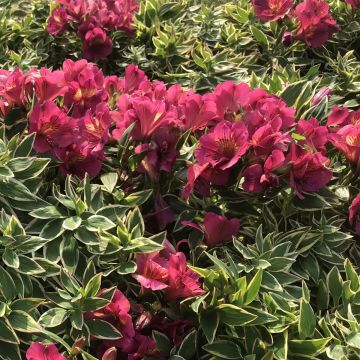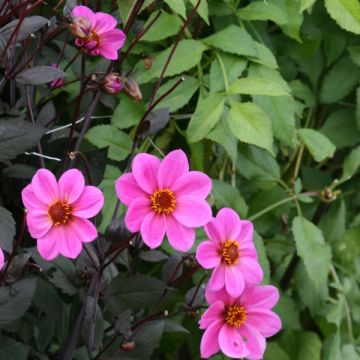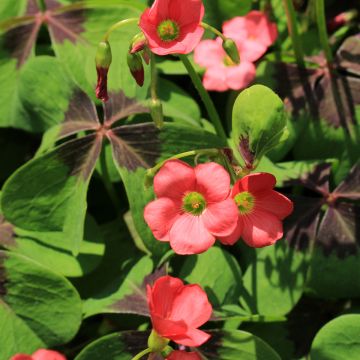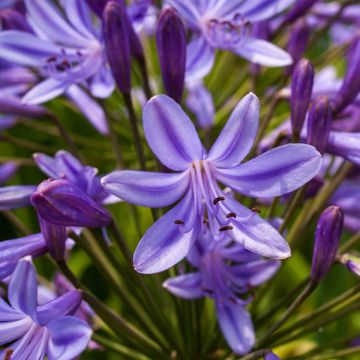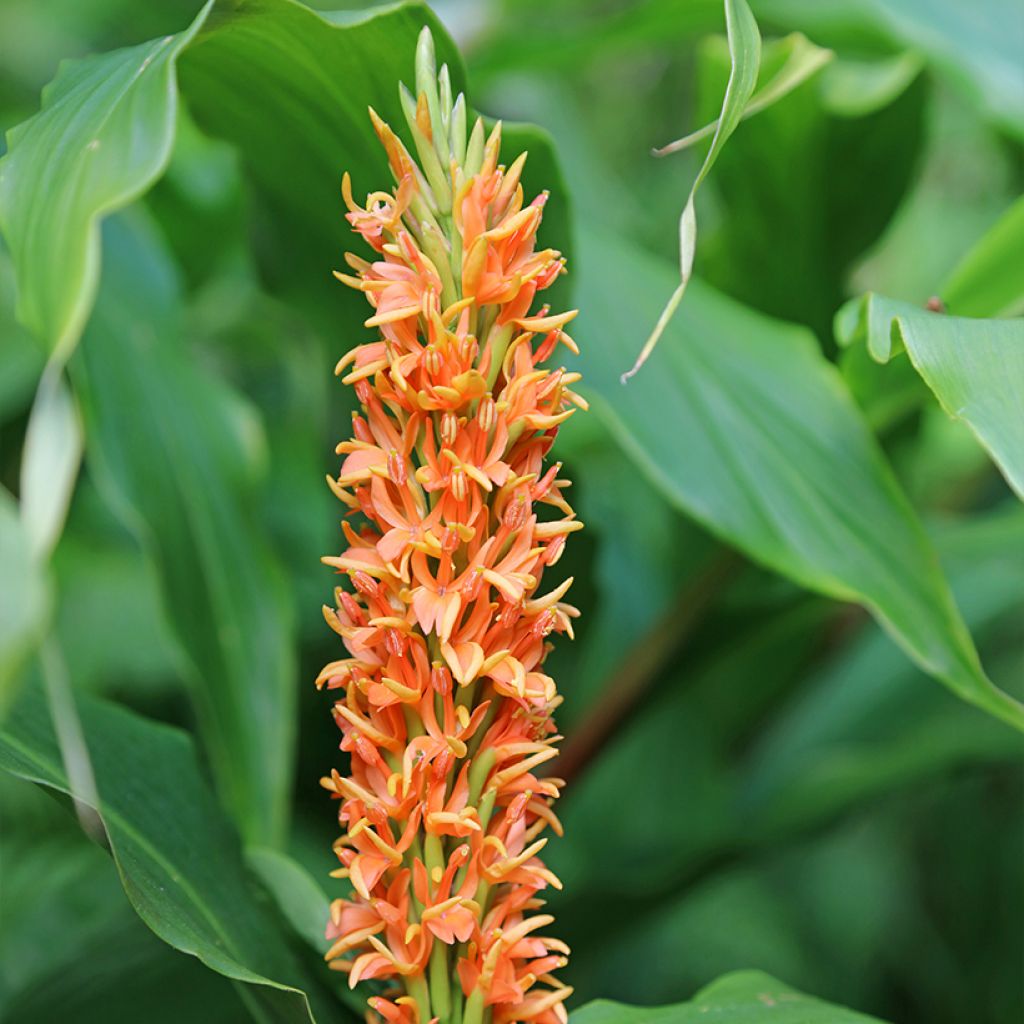

Hedychium densiflorum
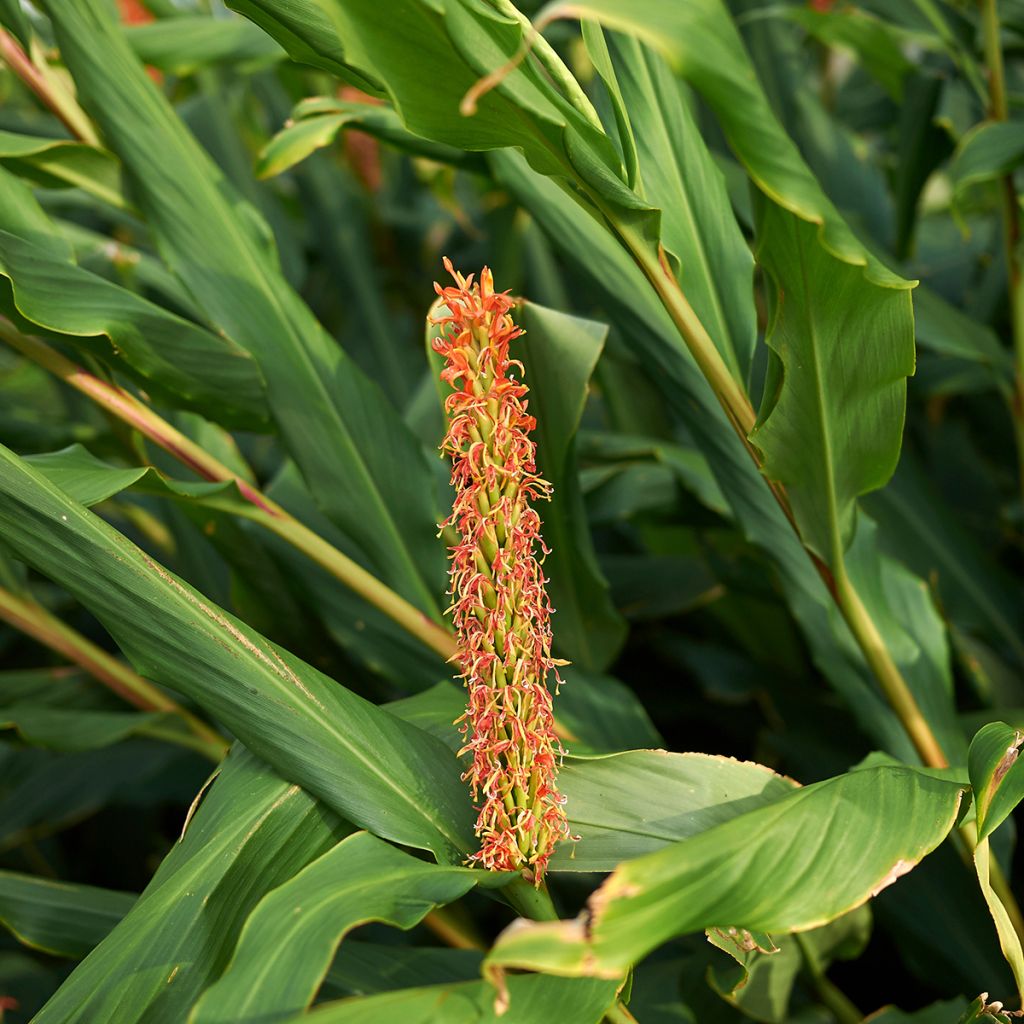

Hedychium densiflorum
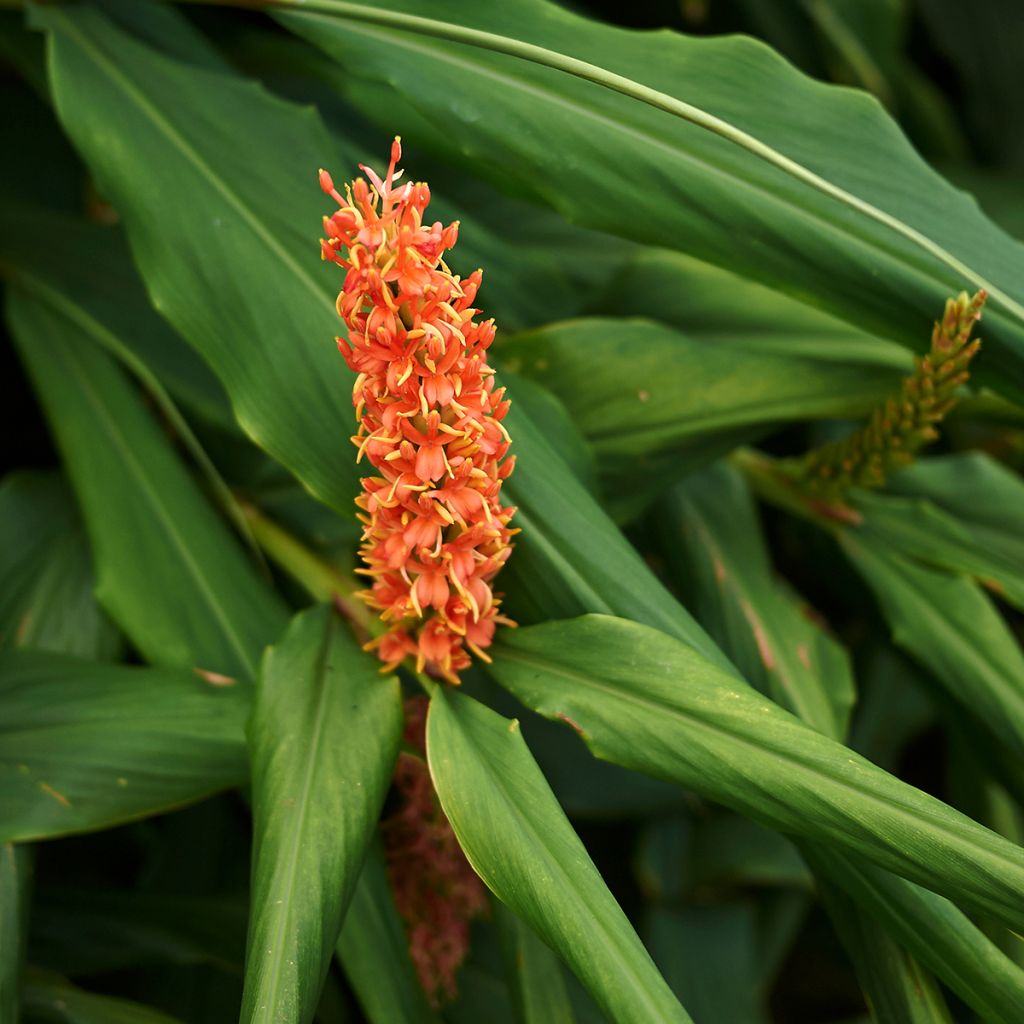

Hedychium densiflorum
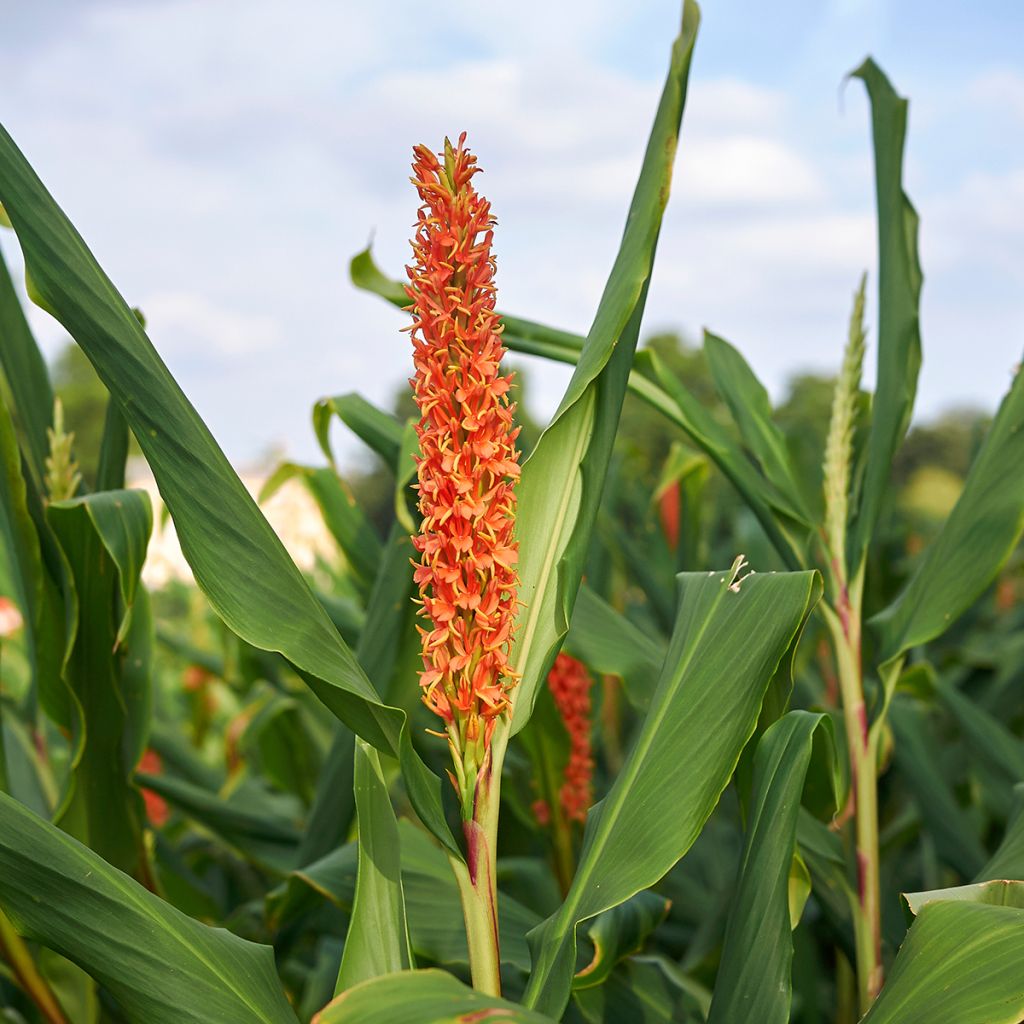

Hedychium densiflorum
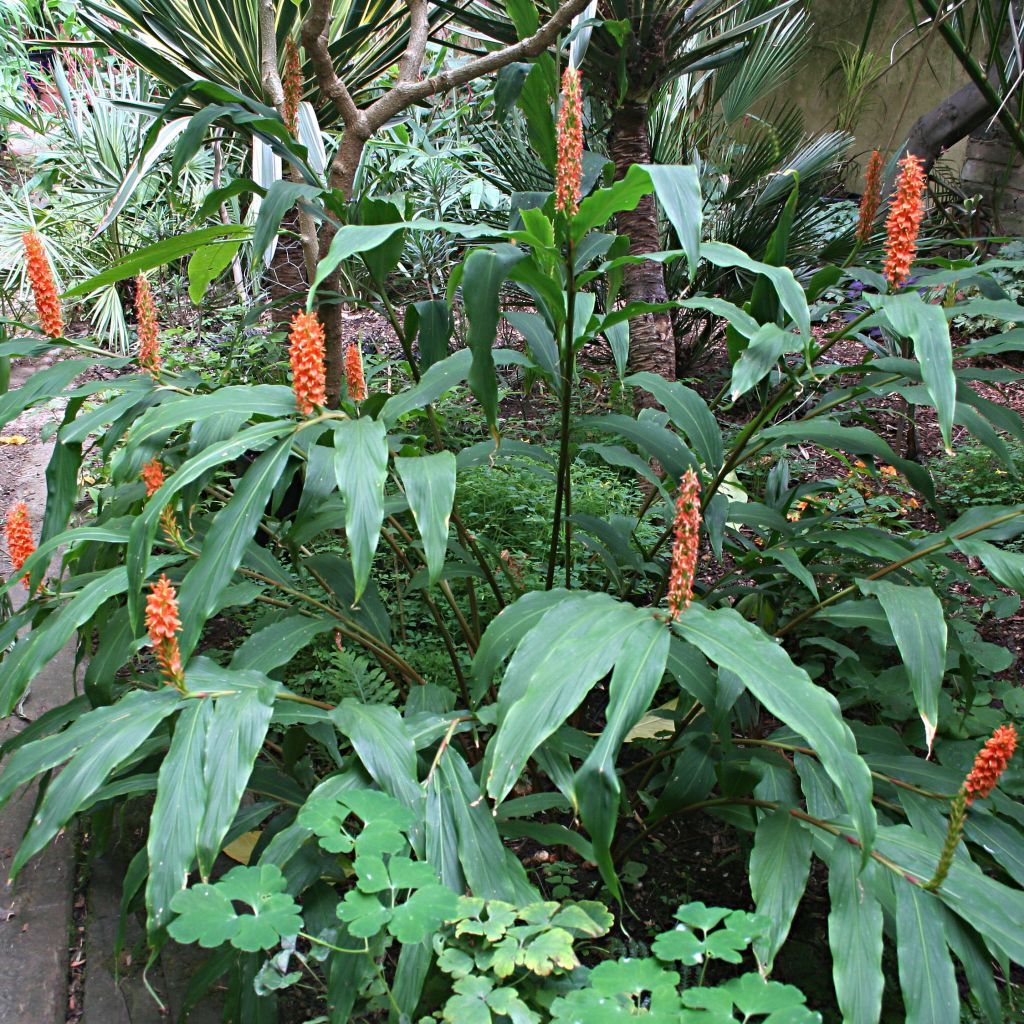

Hedychium densiflorum
Hedychium densiflorum
Hedychium densiflorum
Dense ginger lily, Dense-flowered ginger lily
The plant is timidly shooting, but it's normal. This variety grows slowly. Hoping to see it flower next year.
Loic R., 12/11/2018
This item cannot be shipped to the selected country
Delivery charge from €5.90
More information
Schedule delivery date,
and select date in basket
This plant carries a 6 months recovery warranty
More information
We guarantee the quality of our plants for a full growing cycle, and will replace at our expense any plant that fails to recover under normal climatic and planting conditions.
From €5.90 for pickup delivery and €6.90 for home delivery
Express home delivery from €8.90.

Does this plant fit my garden?
Set up your Plantfit profile →
Description
Hedychium densiflorum is one of the hardiest ornamental gingers. This high-altitude Himalayan botanical species tolerates cold weather fairly well, down to -10 to -12°C (14 to 10.4°F) in healthy soil, making it suitable for gardens in many regions. This superb rhizomatous perennial forms a dense clump of tall leafy stems from spring onwards, which adds to the landscape even when not in bloom, revealing itself in late summer with dense spikes of yellow-orange flowers. An exceptional plant for passionate and patient gardeners!
Hedychium densiflorum, native to the eastern Himalayas (Nepal, Bhutan, Sikkim), can be found at altitudes of over 2800m (9186ft), in monsoon-watered forests, in partial shade, on rocky slopes bordering river valleys and on rocky riverbanks. It belongs to the Zingiberaceae family. It produces numerous fleshy rhizomes, which often surface or emerge from the ground. This species is of moderate stature and is sometimes slow to establish. It will reach about 1.3m (4ft) in height at maturity, spreading laterally over time to form large clumps up to 1m (3ft) wide. The plant develops slender pseudostems in April, bearing long sword-shaped leaves with pointed tips. They are dark green and highly ornamental. Flowering occurs in September in mild climates, and in autumn elsewhere. The dense inflorescence, which can reach up to 15cm (6in) in height, is composed of numerous small, yellow-orange flowers, somewhat resembling those of gauras with their compound structure of small petals surrounding protruding stamens, 7cm (3in) long. They attract many bees. The opposite leaves are arranged in a fishbone pattern. The plant disappears in autumn, cut back by frost, but regenerates from the stump in spring.
Hedychiums are superb perennial plants to be used without moderation in exotic gardens. They thrive in rich and deep soil that is preferably dry in winter but moist to wet during the growing season. They also require a warm and sheltered location, as the fragrant flowers bloom late in our gardens. In warmer regions, they may appear as early as August. In the garden, you can create a tropical-inspired bed, for example, by combining Hedychium densiflorum with a Chinese palm or a Japanese banana tree, against a backdrop of giant cannas. In mild climates, the ornamental ginger can accompany the flowering of abutilons, cassias, lantanas, brugmansias, or even the trumpets of the lesser-known Iochroma cyaneum. It thrives in container cultivation, as this plant likes to have its roots confined. Moreover, in areas with severe frost, Hedychium densiflorum makes a beautiful orangery or conservatory plant. It will retain is beautiful foliage in such a setting, remaining attractive from November to March.
Report an error about the product description
Hedychium densiflorum in pictures






Plant habit
Flowering
Foliage
Botanical data
Hedychium
densiflorum
Zingiberaceae
Dense ginger lily, Dense-flowered ginger lily
Himalayas
Other Hedychium
Planting and care
Hedychiums are renowned for a lack of hardiness and poor resistance to cold. However, Hedychium densiflorum is one of the hardiest varieties, capable of withstanding extreme negative temperatures of around -12°C (10.4°F) under a thick protective mulch. Our stumps have stayed in the ground for about 9 to 10 years and none have died so far. At the first frost, we cut the foliage down to the ground and then mulch the stumps with a thick layer of dead leaves. This has always been sufficient. The stumps can also be dug up and treated like cannas. Choose a warm and sunny location, sheltered from strong winds. In partial shade, Hedychium tends to grow taller, but its foliage is sensitive to the burn of overly harsh sunlight. The soil should remain moist throughout the growing season. Rich, deep, and well-drained soil is the most suitable.
Growing in large containers is possible. In this case, the plant should be stored frost-free, in a bright and unheated space during winter. Watering should be reduced in winter and abundant from spring to summer.
Stumps are only shipped in plugs from March to May.
Planting period
Intended location
Care
-
, onOrder confirmed
Reply from on Promesse de fleurs
Bulbs to grow in pots
Haven't found what you were looking for?
Hardiness is the lowest winter temperature a plant can endure without suffering serious damage or even dying. However, hardiness is affected by location (a sheltered area, such as a patio), protection (winter cover) and soil type (hardiness is improved by well-drained soil).

Photo Sharing Terms & Conditions
In order to encourage gardeners to interact and share their experiences, Promesse de fleurs offers various media enabling content to be uploaded onto its Site - in particular via the ‘Photo sharing’ module.
The User agrees to refrain from:
- Posting any content that is illegal, prejudicial, insulting, racist, inciteful to hatred, revisionist, contrary to public decency, that infringes on privacy or on the privacy rights of third parties, in particular the publicity rights of persons and goods, intellectual property rights, or the right to privacy.
- Submitting content on behalf of a third party;
- Impersonate the identity of a third party and/or publish any personal information about a third party;
In general, the User undertakes to refrain from any unethical behaviour.
All Content (in particular text, comments, files, images, photos, videos, creative works, etc.), which may be subject to property or intellectual property rights, image or other private rights, shall remain the property of the User, subject to the limited rights granted by the terms of the licence granted by Promesse de fleurs as stated below. Users are at liberty to publish or not to publish such Content on the Site, notably via the ‘Photo Sharing’ facility, and accept that this Content shall be made public and freely accessible, notably on the Internet.
Users further acknowledge, undertake to have ,and guarantee that they hold all necessary rights and permissions to publish such material on the Site, in particular with regard to the legislation in force pertaining to any privacy, property, intellectual property, image, or contractual rights, or rights of any other nature. By publishing such Content on the Site, Users acknowledge accepting full liability as publishers of the Content within the meaning of the law, and grant Promesse de fleurs, free of charge, an inclusive, worldwide licence for the said Content for the entire duration of its publication, including all reproduction, representation, up/downloading, displaying, performing, transmission, and storage rights.
Users also grant permission for their name to be linked to the Content and accept that this link may not always be made available.
By engaging in posting material, Users consent to their Content becoming automatically accessible on the Internet, in particular on other sites and/or blogs and/or web pages of the Promesse de fleurs site, including in particular social pages and the Promesse de fleurs catalogue.
Users may secure the removal of entrusted content free of charge by issuing a simple request via our contact form.
The flowering period indicated on our website applies to countries and regions located in USDA zone 8 (France, the United Kingdom, Ireland, the Netherlands, etc.)
It will vary according to where you live:
- In zones 9 to 10 (Italy, Spain, Greece, etc.), flowering will occur about 2 to 4 weeks earlier.
- In zones 6 to 7 (Germany, Poland, Slovenia, and lower mountainous regions), flowering will be delayed by 2 to 3 weeks.
- In zone 5 (Central Europe, Scandinavia), blooming will be delayed by 3 to 5 weeks.
In temperate climates, pruning of spring-flowering shrubs (forsythia, spireas, etc.) should be done just after flowering.
Pruning of summer-flowering shrubs (Indian Lilac, Perovskia, etc.) can be done in winter or spring.
In cold regions as well as with frost-sensitive plants, avoid pruning too early when severe frosts may still occur.
The planting period indicated on our website applies to countries and regions located in USDA zone 8 (France, United Kingdom, Ireland, Netherlands).
It will vary according to where you live:
- In Mediterranean zones (Marseille, Madrid, Milan, etc.), autumn and winter are the best planting periods.
- In continental zones (Strasbourg, Munich, Vienna, etc.), delay planting by 2 to 3 weeks in spring and bring it forward by 2 to 4 weeks in autumn.
- In mountainous regions (the Alps, Pyrenees, Carpathians, etc.), it is best to plant in late spring (May-June) or late summer (August-September).
The harvesting period indicated on our website applies to countries and regions in USDA zone 8 (France, England, Ireland, the Netherlands).
In colder areas (Scandinavia, Poland, Austria...) fruit and vegetable harvests are likely to be delayed by 3-4 weeks.
In warmer areas (Italy, Spain, Greece, etc.), harvesting will probably take place earlier, depending on weather conditions.
The sowing periods indicated on our website apply to countries and regions within USDA Zone 8 (France, UK, Ireland, Netherlands).
In colder areas (Scandinavia, Poland, Austria...), delay any outdoor sowing by 3-4 weeks, or sow under glass.
In warmer climes (Italy, Spain, Greece, etc.), bring outdoor sowing forward by a few weeks.

































